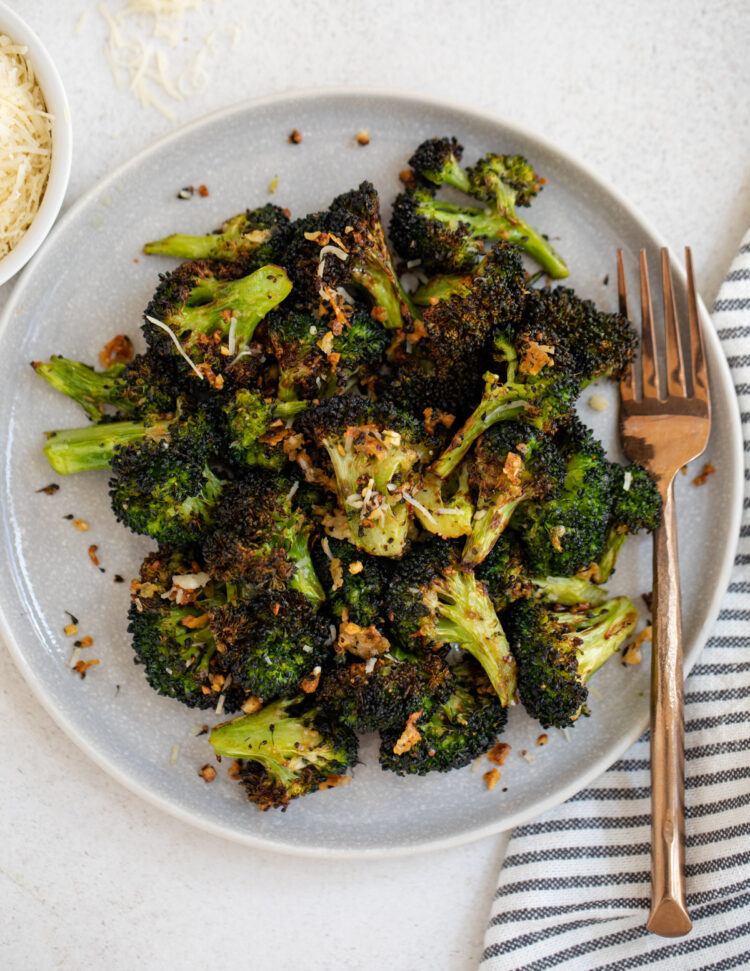Sweet Candied Orange And Lemon Peel: Benefits, Tips, and Storage Guide
Candied citrus peels date back to ancient civilizations. Persians and Greeks first preserved fruits using honey. By the Middle Ages, Europeans had adopted sugar, learned from Arab traders, to create their sweet treats. Candied peels became popular, particularly in Italy and France, as sugar cane became more accessible.
During the Renaissance, candying fruits, especially citrus peels, became a luxury practice among the wealthy. Italian chefs refined techniques, creating delicacies like candied orange and lemon peels. These confections featured prominently in lavish banquets and were considered a sign of opulence.
By the 17th century, candied citrus peels spread to England and other parts of Europe. Recipes appeared in English cookbooks, highlighting their use in cakes, puddings, and savory dishes. The British palate, already fond of sugar, quickly embraced these tangy, sweet treats.
In North America, candied peels became popular during the 19th century, particularly in festive dishes like fruitcakes. Immigrants brought their traditional recipes, integrating them into American culture. These confections were not only enjoyed as snacks but also adorned cakes and desserts, adding a festive touch.
In contemporary cuisine, candied citrus peels are made and enjoyed worldwide. Artisanal and home recipes proliferate, offering a variety of methods and flavors. Whether featured in gourmet kitchens or homemade treats, the tradition of candying citrus peels continues to delight.
The historical journey of candied citrus peels reflects broader culinary trends. From ancient preservation techniques to modern gourmet creations, these vibrant sweets have evolved, remaining a beloved confection across cultures.
Ingredients and Preparation of Sweet Candied Orange and Lemon Peel
Selecting the Right Citrus Fruits
Choose fresh, organic oranges and lemons for the best flavor. Look for fruits with bright, unblemished skins and a firm texture. Organic fruits are preferable since their peels contain no pesticides or wax coatings. Select fruits that are medium to large in size, as they yield more peel for candying.
- Peeling the Fruit: Use a peeler or knife to remove the outer peel in wide strips, avoiding the white pith as much as possible. The pith can be bitter and affect the final taste.
- Blanching: Place the peels in a pot of boiling water, blanching them for 3 minutes. This process softens the peels and removes bitterness. Repeat this blanching step two to three times, changing the water each time, to ensure a mild flavor.
- Creating the Syrup: Combine equal parts water and sugar in a pot. For a standard batch, use 2 cups of water and 2 cups of sugar. Bring the mixture to a boil, stirring until the sugar dissolves completely to form a syrup.
- Candying the Peels: Add the blanched peels to the boiling syrup. Reduce the heat to a simmer and cook for 45-60 minutes, until the peels become translucent. Stir occasionally to ensure even coating and prevent sticking.
- Drying: Remove the peels from the syrup using a slotted spoon, placing them on a wire rack to dry. Let them dry for several hours or overnight, depending on the humidity levels, until they are no longer sticky to touch.
- Coating with Sugar: When the peels are dry, roll them in granulated sugar for a sweet finishing touch. This step adds texture and enhances the appearance.
- Storing: Store the candied peels in an airtight container. Properly stored peels can last several weeks and make a great addition to desserts or a sweet snack on their own.
Culinary Uses of Sweet Candied Orange and Lemon Peel
Baking Incorporations
Sweet candied orange and lemon peel add vibrant flavors to baked goods. In fruitcakes, use chopped peel to enhance the richness. Mix diced peels into cookie dough for a citrusy twist. Incorporate into scones and muffins to provide a bright contrast. They also work well in bread recipes, offering a sweet, tangy burst.
Decorative Garnishes
For a visually appealing touch, use candied peels as decorative garnishes. Top cakes and cupcakes with thin strips for added elegance. Adorn cocktail glasses by rimming them with peels. Use them to embellish dessert plates, adding aesthetic value. For a festive touch, create designs on tarts or pies with candied peels.
Health Benefits of Candied Citrus Peels
Nutritional Overview
Candied citrus peels offer several nutritional benefits. These peels contain dietary fiber, with a significant proportion coming from pectin, which aids digestion and helps regulate blood sugar levels. One tablespoon of candied orange peel provides approximately 0.6 grams of fiber. Additionally, candied citrus peels supply small amounts of essential vitamins such as vitamin C and vitamin A. Even though the candying process reduces the vitamin C content, you still get some nutritional benefits. Moreover, these peels offer trace minerals like calcium and potassium, which contribute to bone health and muscle function. Keep in mind the sugar content as it can add extra calories.
Antioxidant Properties
Antioxidants are crucial for combating oxidative stress in your body, and candied citrus peels are rich in these compounds. Flavonoids like hesperidin and naringin, found in citrus peels, offer anti-inflammatory and antihypertensive benefits. These compounds help neutralize free radicals, reducing the risk of chronic diseases such as heart disease and cancer. A study by the American Journal of Clinical Nutrition found that regular intake of flavonoid-rich foods can improve overall heart health. Additionally, limonene, an essential oil present in citrus peels, has shown potential anti-cancer properties in various research studies, including those published in the Journal of Nutritional Biochemistry.
Purchasing and Storing Tips
Selecting high-quality sweet candied orange and lemon peel enhances flavor and longevity. Look for translucent, brightly colored pieces free of excessive sugar crystals. Ensure they have a slightly sticky texture rather than being overly dry or brittle.
Where to Buy
You can find sweet candied orange and lemon peel in gourmet grocery stores, specialty food shops, and online. Check product reviews for quality assurance. Prefer organically sourced products, as they’re less likely to contain harmful pesticides or additives.
Storage Recommendations
Proper storage maintains the freshness and nutritional integrity of candied citrus peels. Store them in an airtight container at room temperature, away from direct sunlight, which prevents the peel from drying out. For long-term storage, refrigerate or freeze the peels. Ensure the container is moisture-free before sealing.
Shelf Life
When stored correctly, sweet candied orange and lemon peel can last up to a year. Always check for any signs of mold or off-smell before use. If kept in the refrigerator or freezer, allow the peels to return to room temperature before adding them to recipes to maximize flavor.
Packaging Matters
Choose products packaged in resealable bags or jars. These options allow easy access and effective sealing after each use. Avoid bulk purchases unless you frequently use candied citrus peels to prevent them from degrading over time.
Bulk Buying Tips
If buying in bulk, consider splitting the batch into smaller portions using multiple airtight containers. This method reduces the frequency of opening the main container and exposes only a portion to air and moisture each time. This practice extends the freshness of each batch.
Proper purchasing and storage of sweet candied orange and lemon peel ensure their delightful flavor and health benefits are retained. Use these tips to enhance your culinary creations and enjoy the full benefits of these delicious ingredients.
Conclusion
Sweet candied orange and lemon peels are more than just a delightful treat; they offer numerous health benefits and culinary versatility. By selecting high-quality products and storing them properly, you can enjoy their rich flavors and nutritional value for an extended period. Remember to check for signs of spoilage and use airtight containers to keep them fresh. With the right purchasing and storage techniques, you’ll always have these delicious and healthy ingredients ready for your next culinary creation.






